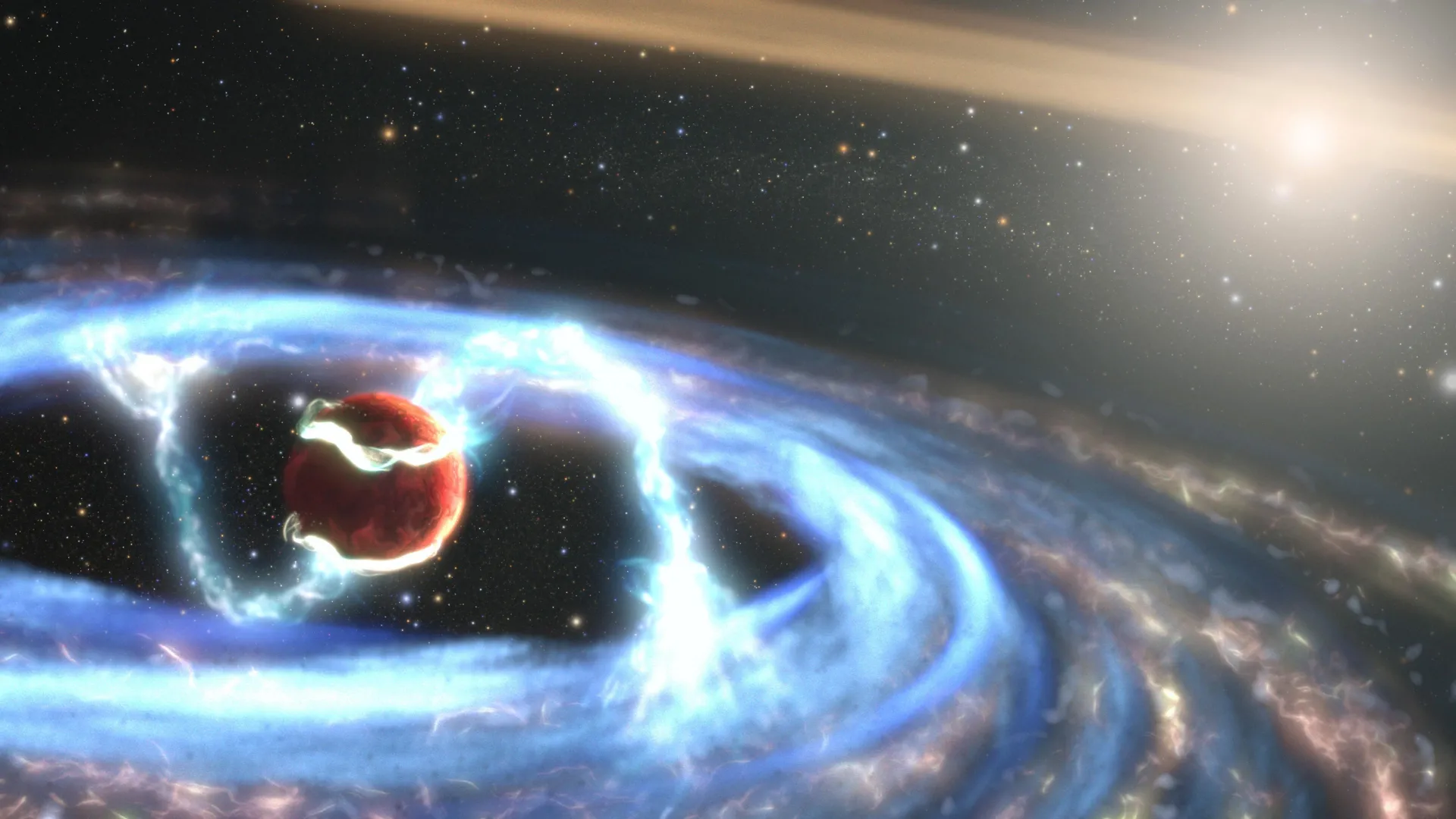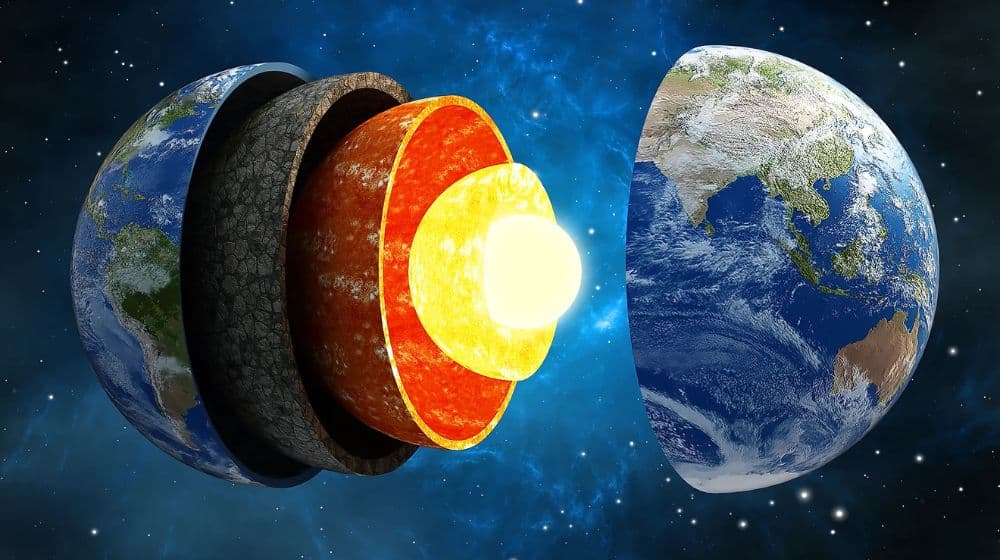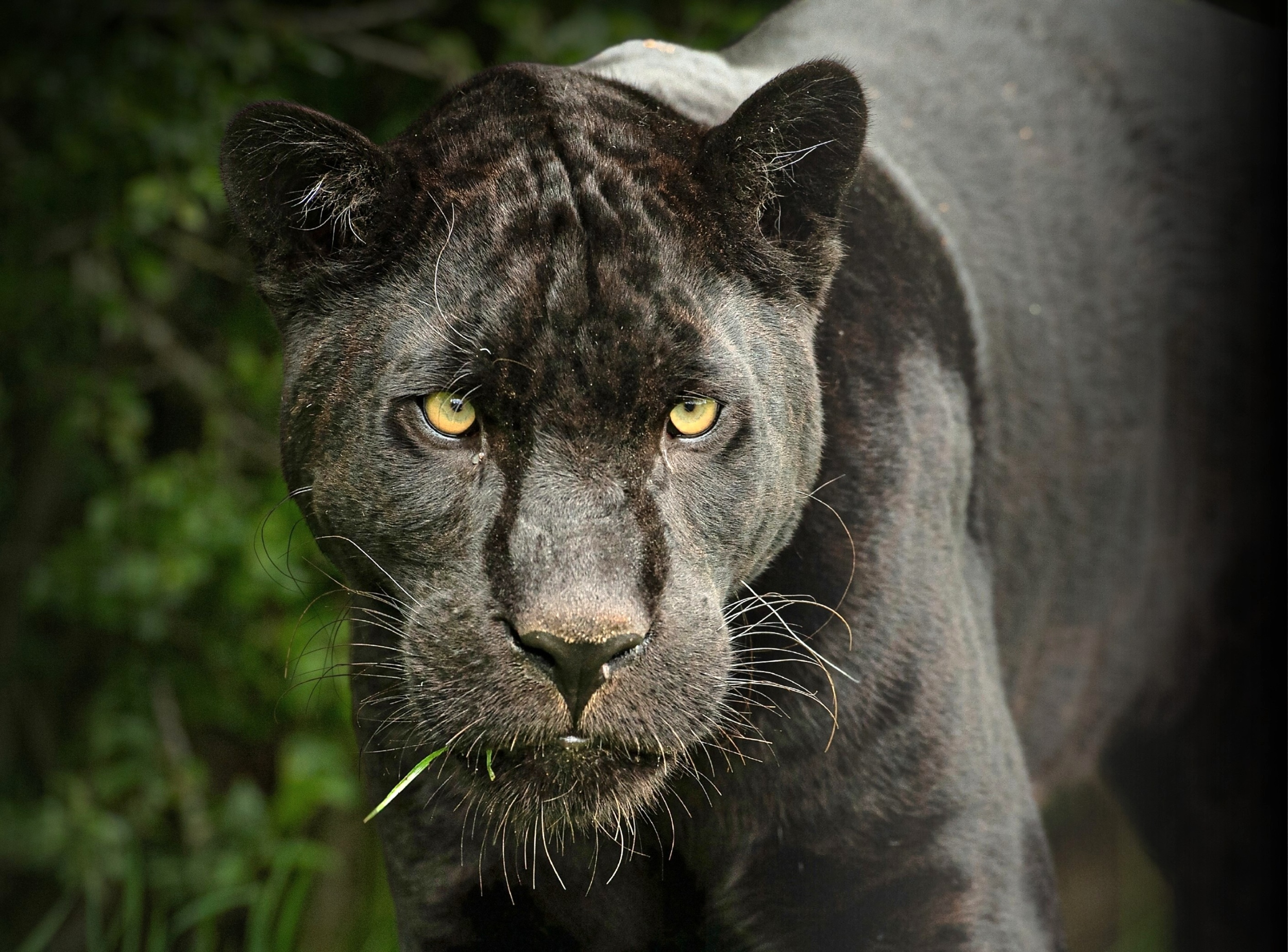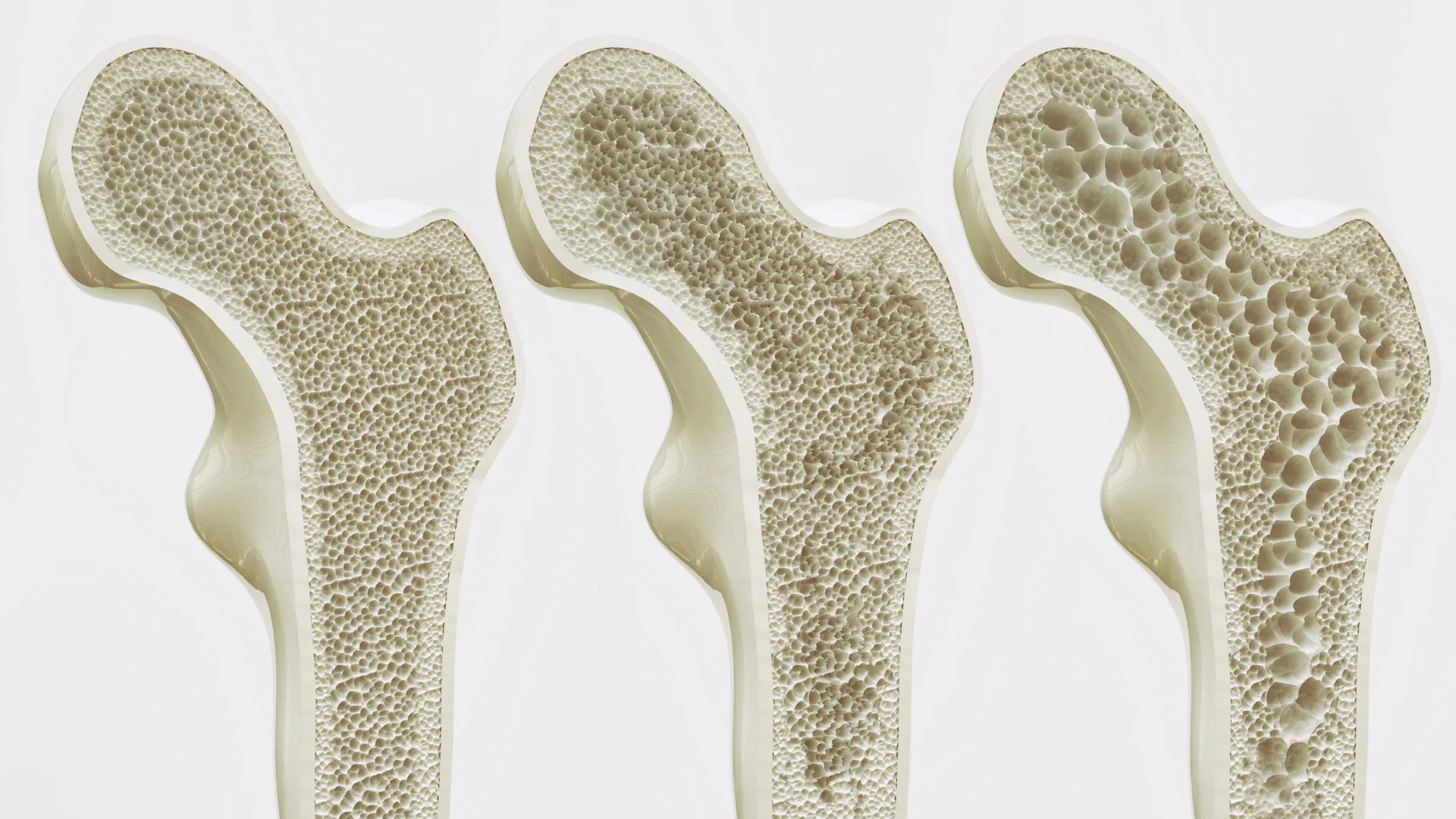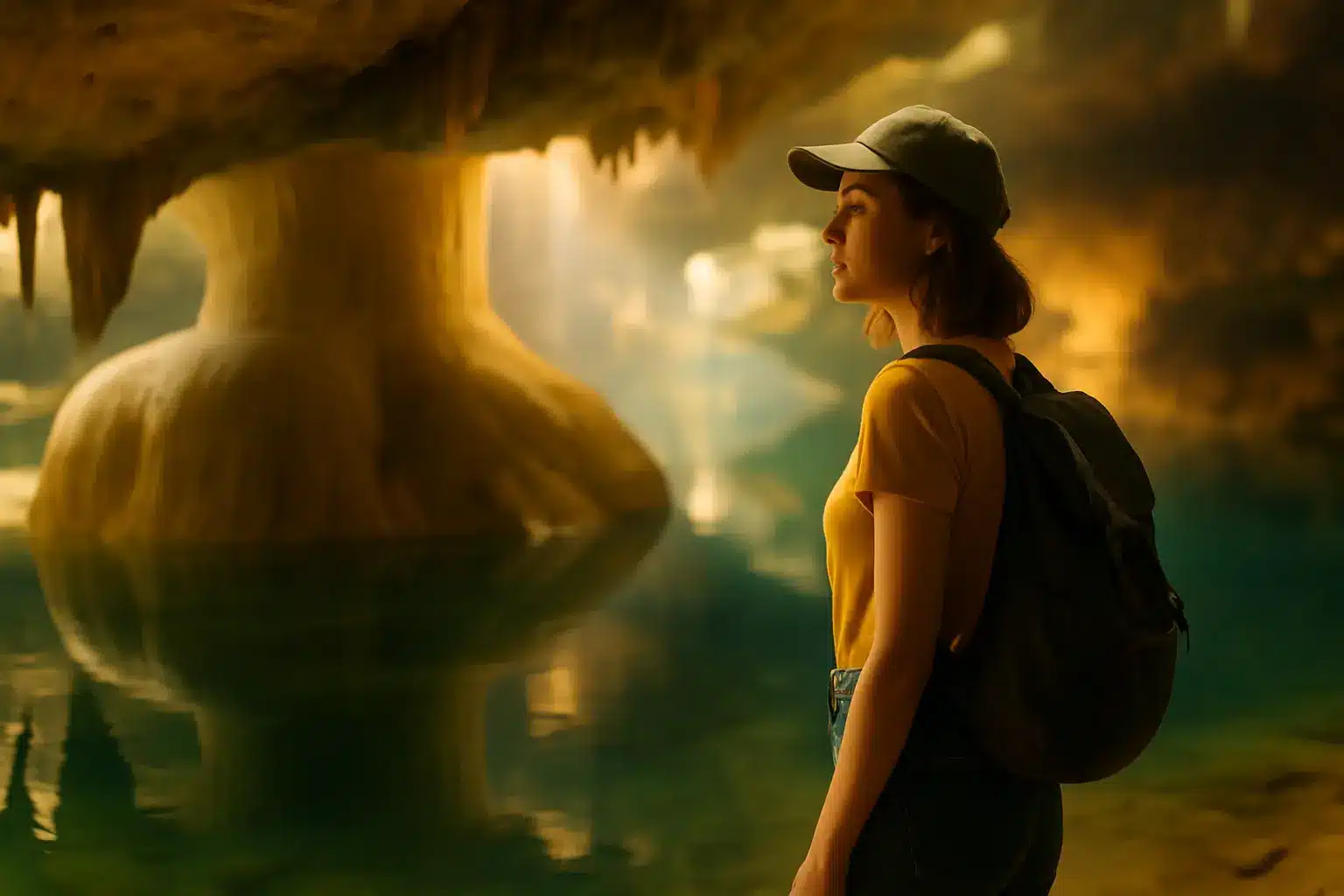Did Dinosaurs Moonwalk to Impress Mates? Shocking Courtship Discovery Revealed!

Imagine a time 100 million years ago when dinosaurs didn’t just roam the earth but also flaunted their moves to win over a partner—sounds like a scene straight out of a prehistoric dance-off, doesn’t it? Recent discoveries at Dinosaur Ridge in Colorado have unveiled astonishing evidence of courtship behaviors among theropod dinosaurs, the ancestors of the mighty Tyrannosaurus rex. Yes, you heard that right! These ancient creatures engaged in a unique mating display that can only be described as their version of the moonwalk!
This groundbreaking revelation, reported by Live Science and detailed in Cretaceous Research, not only captivates our imagination but also significantly alters our understanding of dinosaur social interactions. Think of it as a glimpse into the complex social lives of these magnificent beasts, much like modern birds that perform elaborate dances to attract mates.
Unveiling the Dinosaur Mating Arena
Dinosaur Ridge isn’t just a name thrown around casually; it’s a treasure trove of fossil history located in Jefferson County, Colorado. The recent findings at this iconic site—an intricate set of fossilized “scrapes”—provide the first glimpse into theropods' courtship rituals. These scrapes, carefully preserved on rock surfaces, indicate that male dinosaurs congregated to perform elaborate mating displays, competing for the attention of females.
The concept of a “mating arena,” or lek, is not new in the animal kingdom. Many species of modern birds, such as the greater sage-grouse, exhibit similar behaviors, making our understanding of these ancient rituals even more fascinating. The evidence suggests that, over multiple breeding seasons, dinosaurs returned to the same area to showcase their best moves in hopes of attracting a mate.
Lead researcher Caldwell Buntin noted that while the exact species responsible for these remarkable marks remains uncertain, the characteristics of the scrapes imply they were made by smaller theropods, possibly around the size of an ostrich. This discovery beautifully bridges our understanding of ancient dinosaurs and contemporary wildlife, reinforcing the connection between the two.
The “Moonwalk” and the Art of Dinosaur Courtship
What’s particularly intriguing is how researchers identified these courtship rituals as the “moonwalk” of the dinosaur realm. Two distinct movements have been recognized: one where they walked backward and another flaunting side-to-side sways. “If they were really excited, they’d step a few feet backward and repeat the motion,” Buntin explained. This repeated action would often erase earlier traces while creating new ones, almost like a dance that left behind a visible narrative of their courtship.
This mesmerizing behavior hints that dinosaurs used their claws to scratch at the sand, creating these marks as part of their mating performance. The backward and side-to-side movements left distinct layers of scrapes, revealing a sophisticated method of impressing potential mates. Talk about a prehistoric dance party!
Lekking: A Common Mating Ritual in the Animal Kingdom
Lekking, where males gather in specific areas to put on displays to attract females, is a common sight in the animal kingdom today. Male sage-grouse are a prime example, puffing out their chests and strutting their stuff. Finding a similar behavior in theropod dinosaurs adds a remarkable chapter to our understanding of their social life.
By analyzing the marks left at Dinosaur Ridge, researchers identified this site as a “lek,” mirroring the behavior observed in modern birds. Males would compete through elaborate displays, vying for female attention in a ritualistic manner. This suggests that these performances weren’t just for show; they had real evolutionary advantages, with the most impressive displays likely earning males access to mates. This discovery doesn’t merely provide a window into dinosaur behavior—it enriches our understanding of how mating rituals have evolved across millions of years.
The Surreal Discovery Process
For the research team, the process of uncovering these fascinating mating displays was nothing short of exhilarating. Utilizing drones to capture high-resolution images of the site, they initially detected only a handful of scrapes. But as they delved deeper into the imagery, they were astounded to discover even more marks, illuminating a bustling arena of dinosaur courtship.
“It was thrilling to see the new scrapes in the imagery as we processed it,” Buntin shared. “We started with just two or three traces, but within an hour, we had identified nearly a dozen new scrapes. It felt surreal!”
This meticulous identification process underlines the significance of this discovery. The detailed imaging confirmed that this site buzzed with these ancient creatures’ courtship rituals, providing invaluable insights into their behaviors. Discovering new evidence of dinosaur social life that remained hidden for millions of years is a moment researchers won't soon forget.












